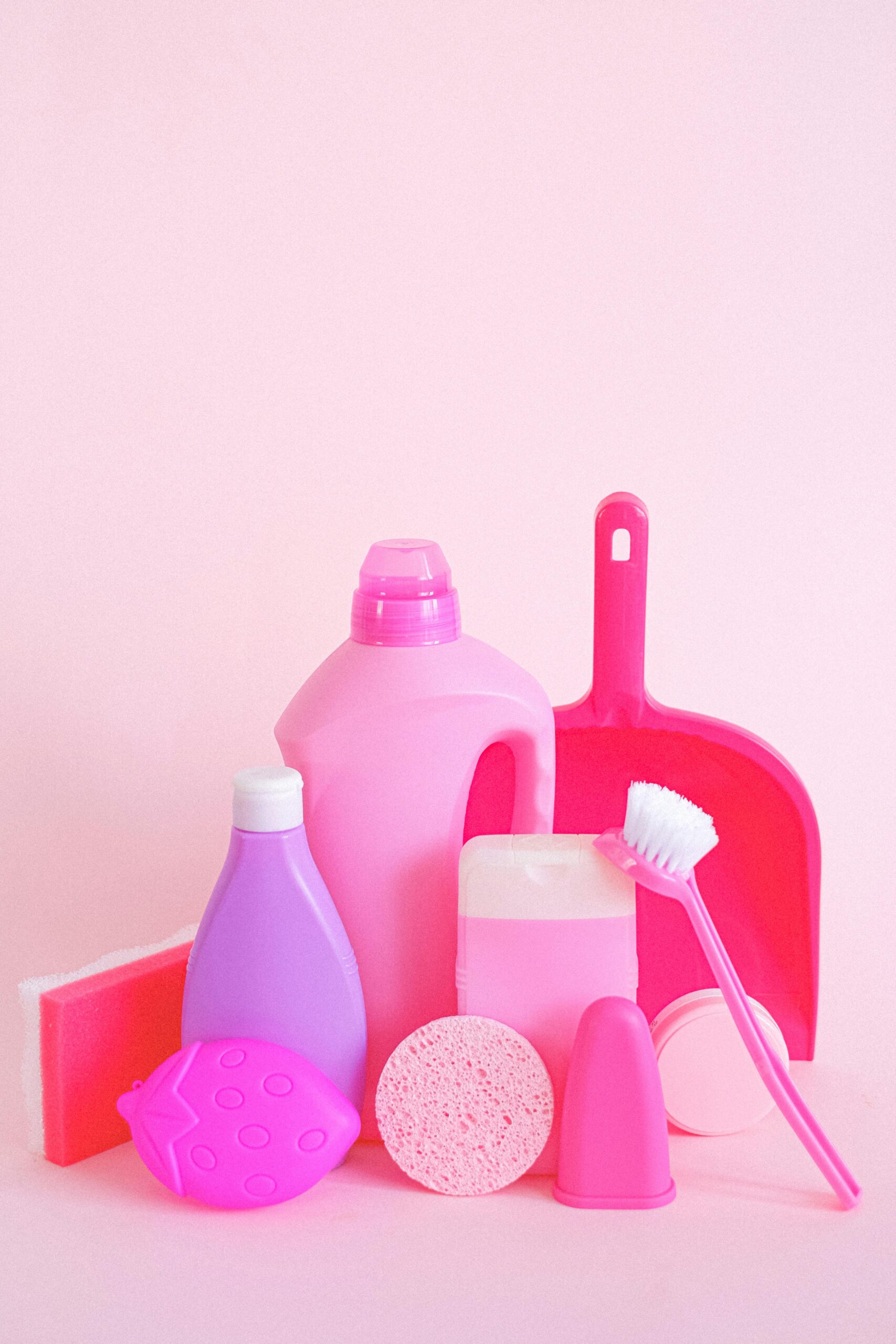Plastic is everywhere. From our kitchens to our cars and are even part of crucial processes in places like hospitals. Growing research indicates that certain chemicals have been proven to be harmful, especially when it comes to long-term cancer risk. While we’re not calling for panic or perfection, small shifts in how we interact with plastic could go a long way in promoting better health, particularly for individuals living with or recovering from cancer.
The Hidden Threat in Common Plastics: What Are Endocrine Disruptors?
Bisphenol A (BPA) and phthalates are two chemicals commonly used in the production of plastics to make them flexible and durable. These compounds are known endocrine disruptors, they interfere with the body’s hormone systems. Why does that matter? Because hormone dysregulation plays a major role in several cancers, especially hormone-driven cancers like breast and prostate.
A 2023 meta-analysis published in Environmental Health Perspectives found that long-term exposure to BPA was associated with a 30–40% increased risk of breast cancer in women with pre-existing hormone imbalances.
Plastics and Cancer: What the Science Says
In both animal and human studies, chronic exposure to BPA and phthalates has been shown to:
- Mimic estrogen and disrupt normal hormone function
- Promote abnormal cell growth
- Impair immune function and increase inflammation
While global regulatory agencies still debate the “safe” limits of exposure, many clinicians recommend exercising caution while using plastics, especially for those undergoing cancer treatment or with a family history of cancer.
Everyday Plastics: Tips to Reduce Plastic Exposure
Common high-risk scenarios include:
- Reusing PET bottles for drinking water
- Microwaving leftovers in plastic containers
- Wrapping hot chapatis in cling film
- Storing pickles or curries in old plastic dabbas
- Storing plastic water bottles in cars
To reduce your exposure to plastic-wrapped products, choose fresh, unpackaged foods instead of plastic-wrapped ones. Check recycling codes (avoid #3 for phthalates, #6 for styrene, and #7 which may contain BPA). Making small, thoughtful decisions might help lower possible hazards without sacrificing daily ease.
Safer Alternatives That Work
You don’t need to turn your home upside down to keep your family safe. Start small:
- Switch to Borosilicate glass or steel containers.
- Use ceramic plates for reheating instead of plastic.
- Try beeswax wraps or cloth potlis instead of cling film.
- Invest in a home water filter and refill a glass bottle instead of buying bottled water.
For Cancer Patients: Why This Matters Even More
During cancer treatment, the body’s detoxification systems (liver, kidneys) and immune system are under stress. Any added exposure to carcinogenic or hormone-disrupting substances could worsen side effects or recovery. By reducing plastic exposure, patients can:
- Minimise risk of hormonal disruptions
- Support detox organs
- Reduce inflammation markers
The simplest way to safeguard against this is to maintain a checklist.
- Glass or stainless-steel storage
- No microwaving in plastic
- Loose vegetables > pre-packed
- Natural food wraps or cloth
- Filtered water in glass bottles
A Healthier Life, One Swap at a Time
You don’t have to overhaul your life. Just be thoughtful. A glass bottle instead of a plastic one. A banana leaf, beeswax or silicone wrap instead of a cling wrap. Over time, these small choices stack up into a lifestyle that supports healing and long-term health.
